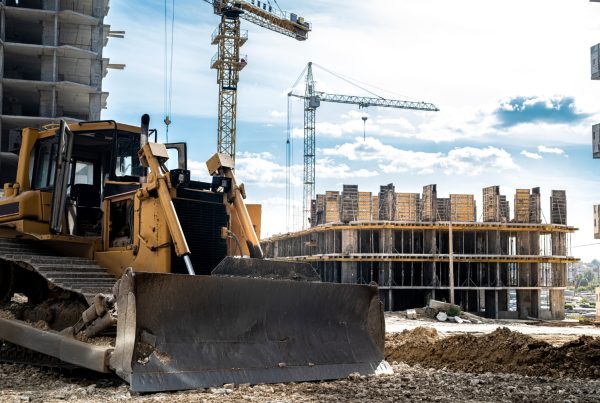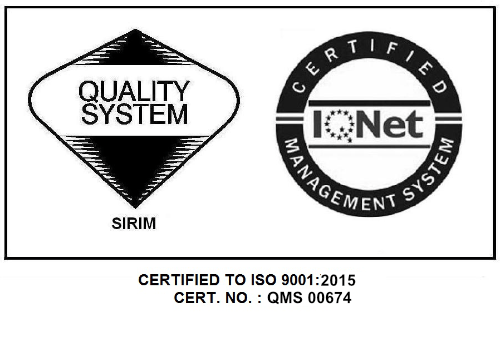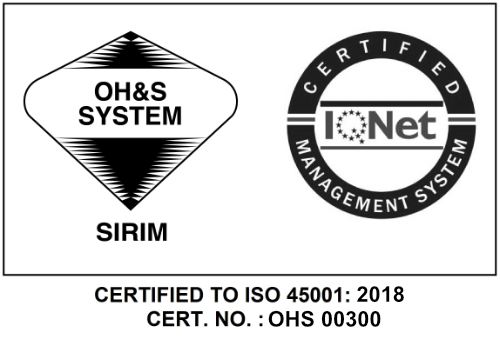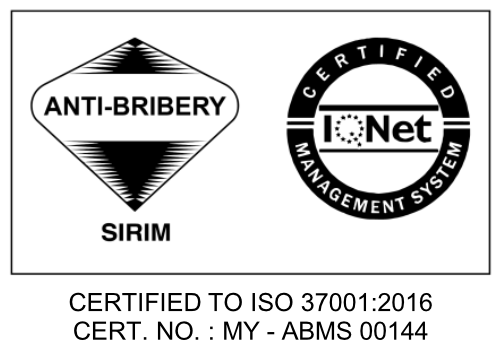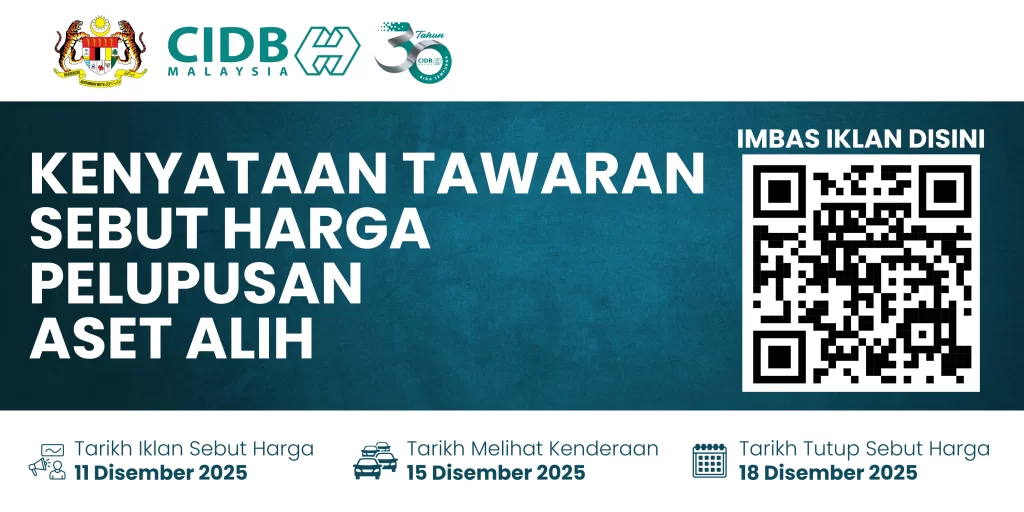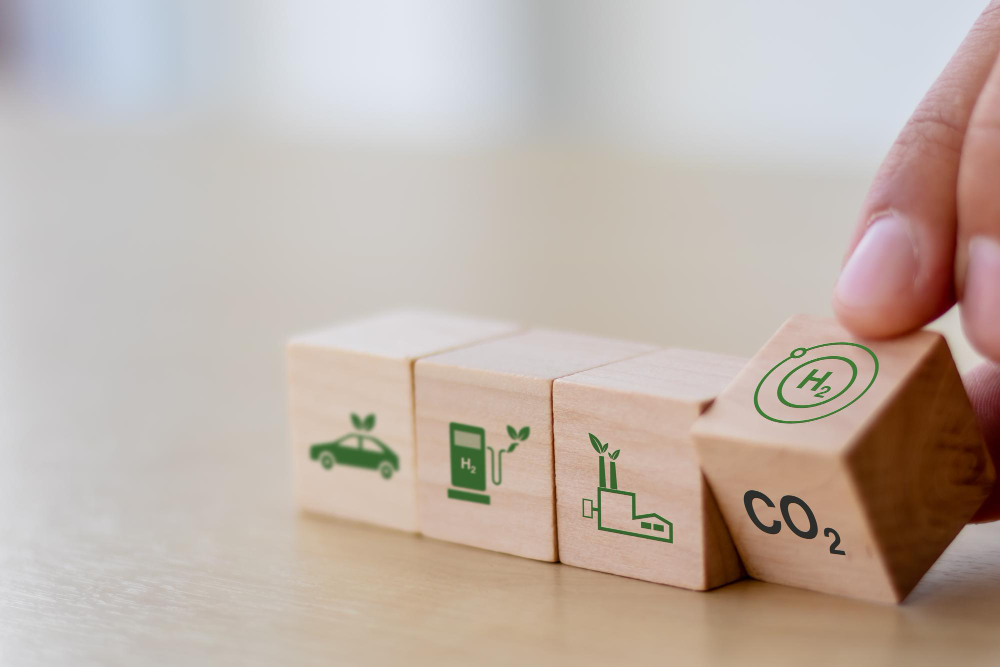
Sarawak is paving a bold path toward sustainable energy by positioning itself as a regional leader in green hydrogen development.
YBhg. Datu Haji Abdul Hadi Bin Datuk Haji Abdul Kadir, the General Manager of SEDC, shared fresh and valuable information on Sarawak’s hydrogen efforts during the Construction Sustainability Summit at ICW Borneo 2025.
Through SEDC Energy (SEDCE), a subsidiary of the Sarawak Economic Development Corporation, the state aims to establish a comprehensive hydrogen economy value chain that aligns with Malaysia’s net-zero target by 2050.
What SEDCE Does:
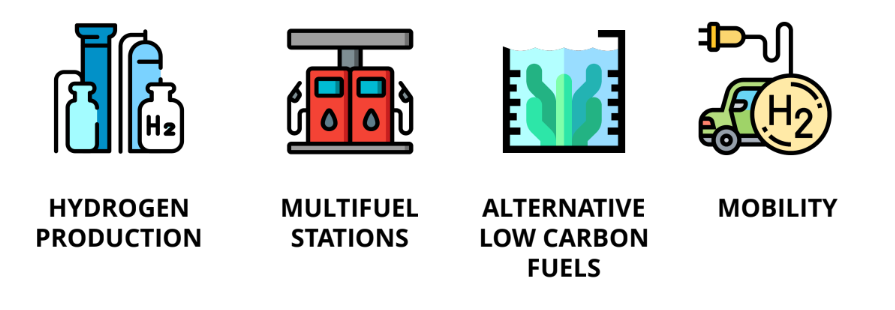
Green Hydrogen
Produced via electrolysis using renewable energy, it is gaining global momentum due to its potential to decarbonise industries and transport. Unlike grey or blue hydrogen, green hydrogen emits no greenhouse gases during production. SEDCE’s commitment includes deploying hydrogen as an alternative, low-carbon fuel across the power, transport, and industrial sectors, areas where emissions are most difficult to reduce.
In parallel, the state is expanding its hydrogen refuelling infrastructure via PETROS Multifuel Stations, integrating hydrogen, EV, and conventional fuels. As one of the few Southeast Asian jurisdictions with real-world hydrogen deployment, Sarawak offers a scalable model for other regions aiming to meet Paris Agreement climate commitments.
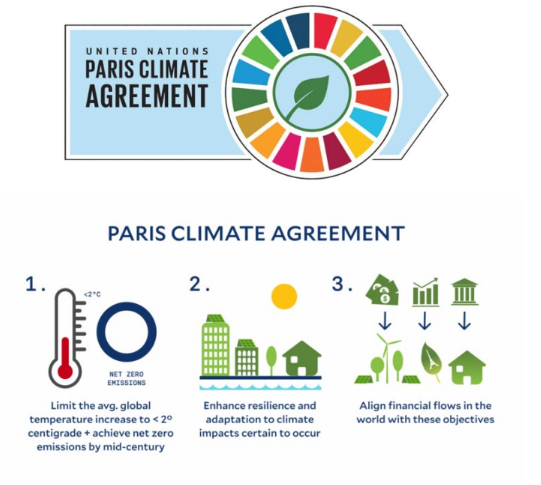
By investing in green hydrogen, Sarawak will diversify its economy and contribute to a cleaner, more resilient global energy system. This pioneering move marks a major milestone for Malaysia’s role in the global green energy transition.
Stay tuned for more in Part 2, where we delve into Sarawak’s strategic projects aimed at enhancing the hydrogen economy.
Related article:
PART 2: Innovative Hydrogen Projects by SEDCE
PART 3: Opportunities and Challenges in the Hydrogen Revolution







